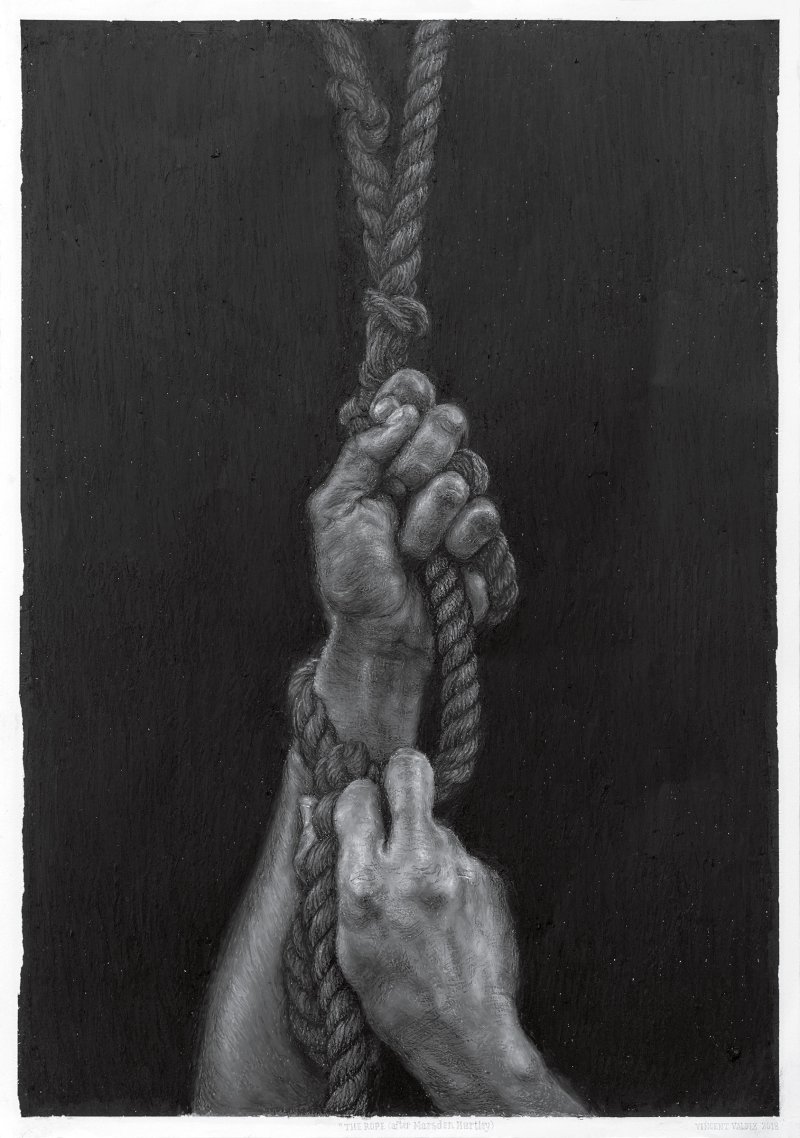#From: TIME
Americans Have Learned to Talk About Racial Inequality. But They’ve Done Little to Solve It
In 1937, the Carnegie Corporation hired a Swedish man to unravel an American quandary. The foundation had a history of funding initiatives to help the disadvantaged; in the U.S., where enslavement was only 72 years gone, the disadvantaged were disproportionately Black. The issue was often described as, simply, “the Negro Problem.”
But while it was clear that the problem existed, it was also obvious how difficult it was to solve. And so the foundation brought in economist, sociologist and future Nobel Prize winner Gunnar Myrdal to gather information to guide its programs.
Myrdal did much more. Almost seven years later, he produced a two-volume study he dubbed An American Dilemma, exploring, in statistical detail, the evidence of the great American lie—the gap between the nation’s ideals and its racial reality. Myrdal was far from the first to try to illuminate the effects of ongoing institutional racism, the frequent and extreme way it pushed the U.S. away from its core ideals and constitutional promises. And he certainly would not be the last. Alexis de Tocqueville in 1835, W.E.B. Du Bois in 1900 and again in 1935 and the Kerner Commission in 1968, among others, enriched our national understanding of troubles we still face today. But Myrdal and his army of social scientists seemed, for at least a time, to cut through America’s fairytale understanding of itself. The study was one of just a few credited with prompting the Supreme Court to put a legal end to school segregation./.../
Existe já uma razoável consciência sobre importância da equidade racial. E sober a Equidade Social? E nós?

No comments:
Post a Comment